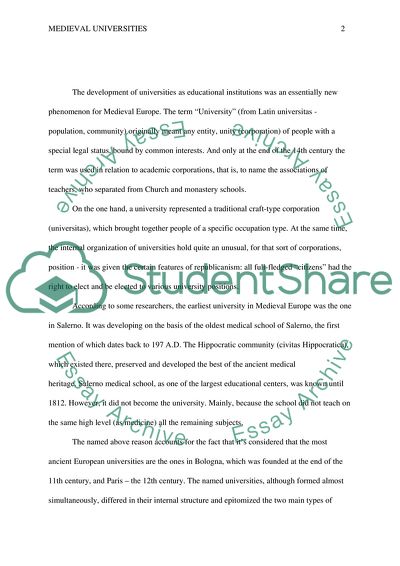Cite this document
(The Rise of Universities in Medieval Europe Essay Example | Topics and Well Written Essays - 1500 words - 1, n.d.)
The Rise of Universities in Medieval Europe Essay Example | Topics and Well Written Essays - 1500 words - 1. https://studentshare.org/education/1752469-the-rise-of-universities-by-charles-homer-haskins
The Rise of Universities in Medieval Europe Essay Example | Topics and Well Written Essays - 1500 words - 1. https://studentshare.org/education/1752469-the-rise-of-universities-by-charles-homer-haskins
(The Rise of Universities in Medieval Europe Essay Example | Topics and Well Written Essays - 1500 Words - 1)
The Rise of Universities in Medieval Europe Essay Example | Topics and Well Written Essays - 1500 Words - 1. https://studentshare.org/education/1752469-the-rise-of-universities-by-charles-homer-haskins.
The Rise of Universities in Medieval Europe Essay Example | Topics and Well Written Essays - 1500 Words - 1. https://studentshare.org/education/1752469-the-rise-of-universities-by-charles-homer-haskins.
“The Rise of Universities in Medieval Europe Essay Example | Topics and Well Written Essays - 1500 Words - 1”. https://studentshare.org/education/1752469-the-rise-of-universities-by-charles-homer-haskins.


